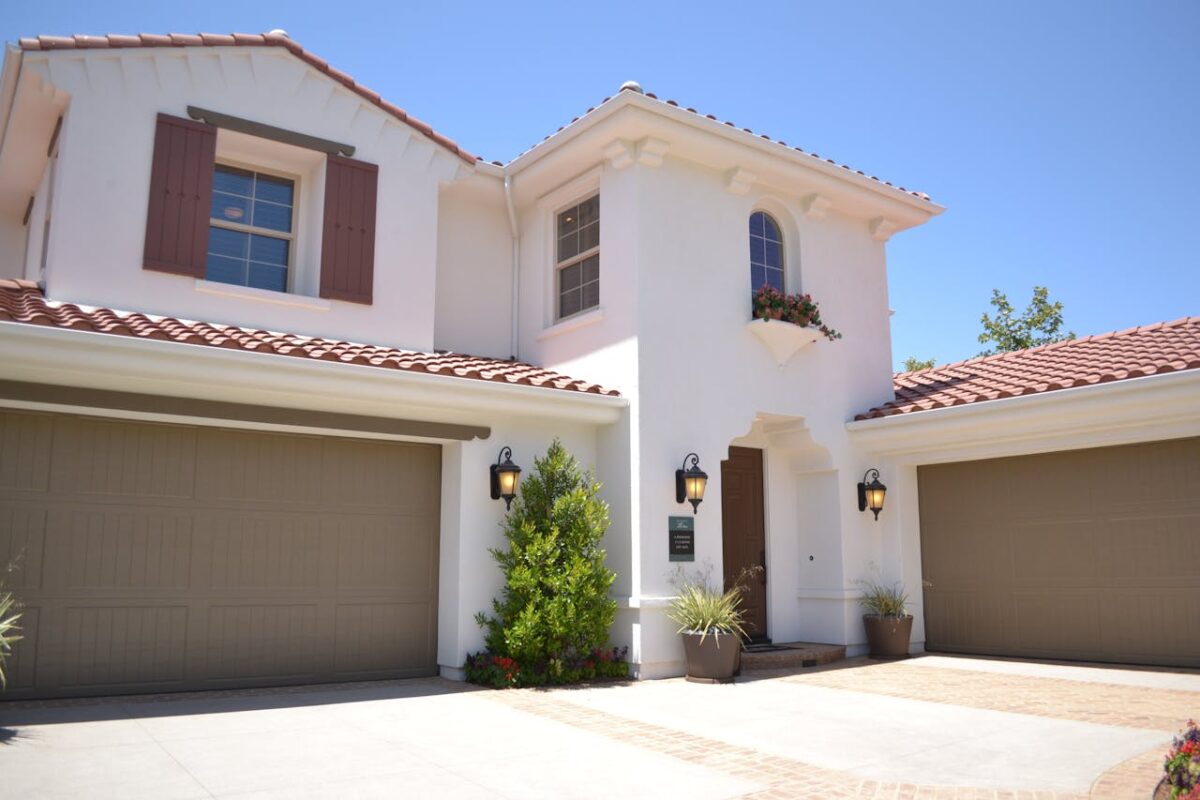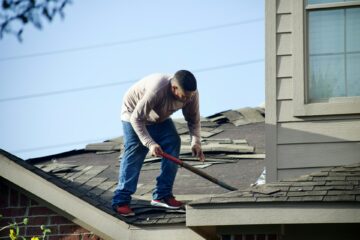Key Takeaways:
- Frequent breakdowns can indicate a need for a garage door replacement.
- Unusual noises are often a sign of underlying issues.
- Modern safety features are crucial for security and peace of mind.
- Visible damage can compromise the door’s function and your home’s curb appeal.
- A decrease in energy efficiency suggests it’s time for an upgrade.
Introduction
Garage doors are more than just functional assets; they are integral to your home’s overall safety and aesthetic. They safeguard your vehicles, contribute to energy efficiency, and elevate the curb appeal. But like all mechanical systems exposed to the elements, they show signs of ageing sooner or later. Recognizing when it’s time for a garage door replacement can prevent untimely breakdowns and escalated repair costs. This article outlines the top five signs that prompt you to consider replacing your garage door, ensuring your home remains safe, efficient, and attractive.
Sign 1: Frequent Breakdowns
If your garage door is plagued by continuous malfunctions, requiring frequent repairs, it might be more cost-effective to replace it rather than patch recurring issues. Common problems such as a door having trouble opening or closing, relentless jamming, or even unexplained pauses in operation could indicate significant mechanical failures. Committing to a new garage door may necessitate an initial investment but will ultimately save you from many repairs’ frustration and cumulative costs.
Moreover, if your garage door fails to close properly, frequent breakdowns can disrupt your daily routine and pose a security risk. Replacing your door ensures long-term reliability and peace of mind.
Sign 2: Excessive Noise
While some noise during operation is expected, a garage door that becomes excessively loud indicates underlying issues. Squeals, grinding sounds, and thumps often result from the deterioration of components such as rollers, hinges, or springs. When lubrication and minor fixes no longer make a difference, it’s time to consider upgrading to a newer, quieter model.
A quieter door will improve your overall home environment and foster better relationships with neighbors who won’t be disturbed by the noise. This investment adds serenity to your surroundings by softening the daily routines associated with using your garage.
Sign 3: Outdated Safety Features
Technological advancements have introduced many modern safety features that older models lack. For example, many older garage doors do not have the sensors necessary to detect obstruction, preventing accidental closures that could injure people or damage property. Newer doors often include rolling code technology, which changes the access code every time the door is used to prevent unauthorized access.
Ensuring that your garage door incorporates these contemporary safety features strengthens your home’s overall security apparatus, offering essential protection for your family and possessions. The peace of mind that comes with knowing the latest technology protects you is invaluable.
Sign 4: Visible Damage
Assessing your garage door for visible damage is critical to identifying when a replacement is necessary. Sagging, warping, cracks, or dents detract from your home’s exterior appeal and can signal structural weakness. Over time, elements like rain, sunlight, and temperature fluctuations contribute to rust, corrosion, or fading finishes, compromising the door’s function and your home’s overall appearance.
Addressing aesthetic and functional damage is not merely about maintaining looks; it’s about ensuring longevity and reliability. A new garage door can improve technology, durability, and a refreshed appearance, increasing your property’s value and curb appeal.
Sign 5: Decrease in Energy Efficiency
In today’s energy-conscious world, maintaining the efficiency of your home is imperative. If you notice drafts emanating from your garage door or increases in energy bills without a clear explanation, it could be due to poor insulation and sealing. Modern doors often offer superior insulation that effectively regulates interior temperatures, conserving energy and reducing costs.
By upgrading to an energy-efficient model, you reduce your environmental footprint and benefit from a more comfortable live-in environment, buffering extreme temperatures and minimizing climate control expenses. It’s an investment that pays dividends in comfort and sustainability.
Conclusion
Identifying these key signs will help prevent unforeseen disasters and keep your home in prime condition. Whether through frequent breakdowns, excessive noise, outdated safety features, visible damage, or decreased energy efficiency, acknowledging when it’s time to replace your garage door is a proactive step towards maintaining your property’s safety and aesthetic value. If you’re contemplating a garage door replacement, comprehensive research and consultation with an expert can ensure you get the most suitable and up-to-date solution for your home. Take charge of your garage’s future by addressing these concerns head-on for practical benefits and peace of mind.




